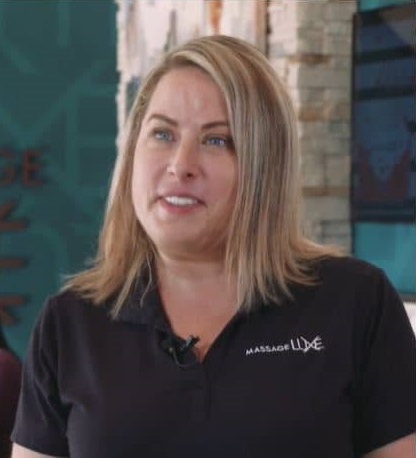Tech Tools ’22: How 4 Franchise Brands Are Leveraging Technology
Franchising technology has come a long way from the “old days” of paper loyalty cards updated with a pen and mailing standardized marketing materials to each franchisee. New cloud-based software and platforms have allowed brands and their franchisees to go paperless, while also gaining invaluable data and marketplace intelligence and introducing more friendly and efficient customer services.
In a study conducted by FranConnect, 50% of franchisees said technology tools were among the top values a franchisor provides. And on the franchisor side, the study reported, “Franchises are recognizing there may be limits to their expansion unless they keep pace with technology needs.”
But while the introduction of leading-edge technology has helped move brands into the future and made life easier for franchisors and franchisees alike, it isn’t always an easy integration. With any new technology upgrade comes a capital investment that can easily reach six figures for major overhauls at larger franchises, along with the learning curve time required for everyone in the organization to get up to speed with the new tools or platforms.
“When you introduce a new technology to your franchise base, do so carefully,” advises Kristen Pechacek, chief growth officer MassageLuXe, a membership-based massage and facial services company with 70 locations nationwide and 20-plus more projected to open in 2022. “Consider a proof-of-concept and a pilot before rolling out systemwide,” she says. “Watch franchise adoption carefully. If it is not being used by more than 50% of your franchisees, you may be paying too much or investing too much time into the technology.”
We reached out to four franchise brands that are aggressively growing to learn what new technology software and platforms they have adopted in recent years, and the impact they are making. Here is what they shared.
MassageLuXe
To accelerate its reach and systemwide growth, MassageLuXe is relying mainly on native technology for its digital advertising, says Pechacek. “Placing ads in our platform versus using third-party tools allows us to ensure that the latest targeting and creative abilities are being used by our in-house team,” she says.
“Additionally, with restrictions in targeting because of iOS updates and privacy policy changes, the ability to target like we used to is not possible. We rely much more heavily on first-party data to inform our targeting strategy,” she says.
For traditional advertising needs, MassageLuXe franchisees are provided with a marketing portal through which they can access materials, customize them for their location, and send them to print seamlessly, she says. Franchisees have access to the materials through an intranet and post natively to the platforms. They also are provided with regular updates to their campaigns through Google Sheets that are automatically updated through a master sheet by the franchisor. Analytics are emailed once a month on performance.
Perhaps the technology investment with the most impact, says Pechacek, is the brand’s upgrades to it CRM system. To increase market size and frequency of visit, MassageLuXe determined it was far cheaper to target existing customers than to constantly acquire new ones, especially with digital advertising on Facebook and Google becoming more difficult because of the new privacy restrictions. The new CRM capability, built inside the existing POS system, was first implemented in 2015 and continues to pay big dividends, she says.
“It is extremely important that our franchisee tech stack isn’t overwhelming. Franchisees don’t have time to open four different programs to get their marketing working. They should be focused on building relationships in their community and fine-tuning their business operation,” she says.
Read the full article here: https://www.franchising.com/articles/balancing_data_privacy_rules__franchise_recruitment_at_lit_method.html














